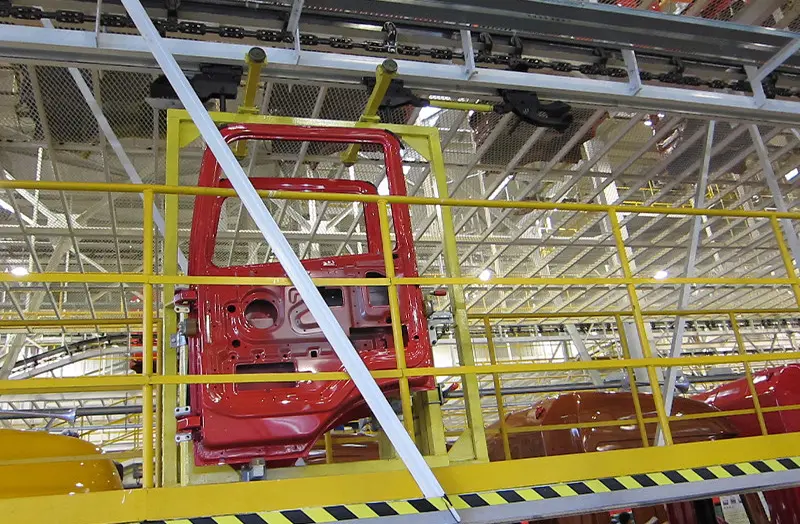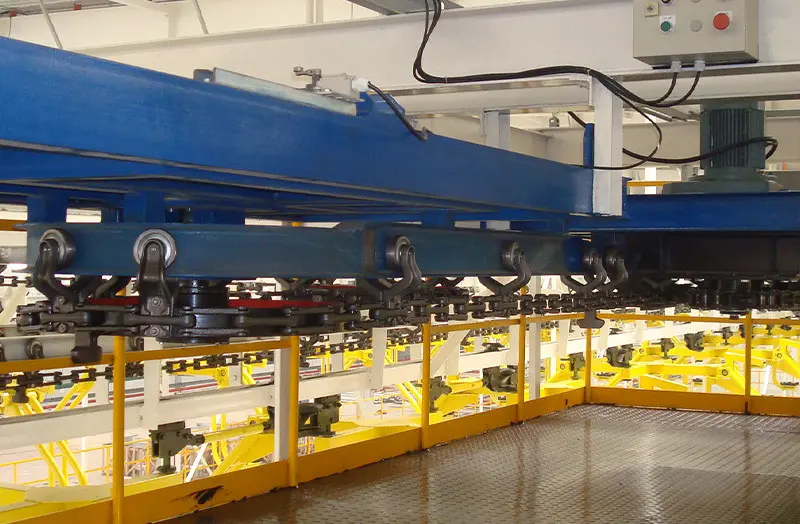How Do Friction Lines Affect the Movement of Objects?
Friction is a force that impedes the relative motion of objects and it can have an effect on the movement of objects. Friction is caused by contact between the surfaces of an object, and when an object moves under a force, the surface produces friction to impede the object's movement. The amount of friction depends on the roughness between the surfaces and the amount of pressure.
Friction makes it more difficult and energy intensive for an object to move. When an object is subjected to an external force, the friction created by the surface cancels out a portion of the external force, reducing the object's acceleration, which results in a slower increase in speed. If the friction force is large enough, it can even completely counteract the external force, causing the object to stop moving or remain at a constant speed.
In real life, friction can have various effects on the movement of objects. For example, when we push an object, friction makes it harder and requires more force to move the object. In skiing, on the other hand, less friction in the snow makes the skateboard glide more smoothly across the snow.
In addition, friction can have an impact on engineering design and athlete performance. In Mechanical Design, the role of friction needs to be taken into account, and appropriate lubrication or surface treatment methods need to be selected to reduce friction and improve mechanical efficiency. And in the training of athletes, it is also necessary to increase friction through reasonable training methods to improve the explosive force and speed of athletes.
Overall, friction is a factor that cannot be ignored in the movement of objects, and it will have an effect on the movement of objects. We need to understand the magnitude and mode of action of friction, so as to make reasonable use of friction to optimise the performance of the object's movement.



